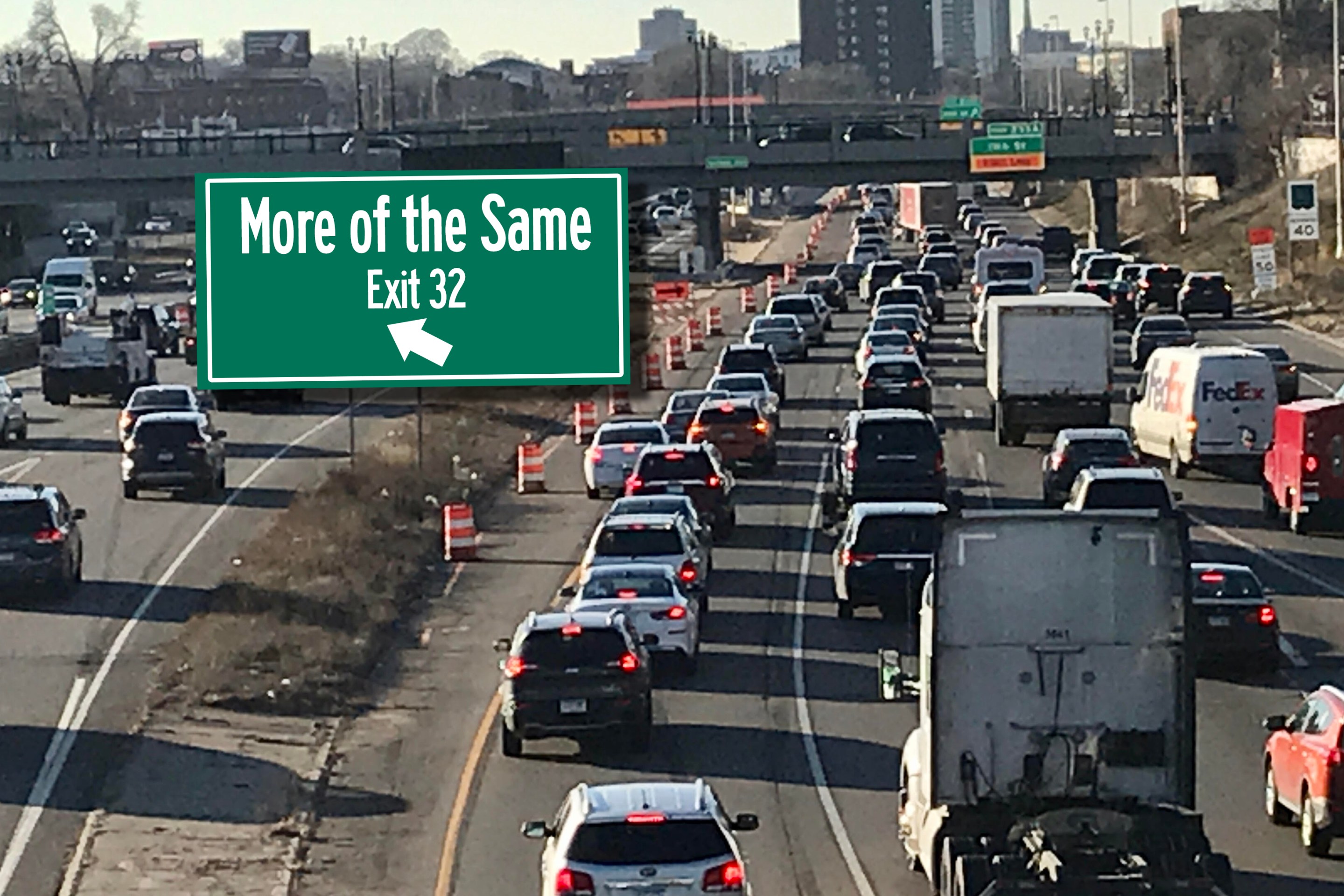How does our popular media normalize dangerous behavior on our roads — and does it even help create it?
Today on The Brake, we're talking about the role of culture in driving our road violence crisis, including car ads that make reckless driving seem like it never has deadly consequences, action movies, video games, and even social media trends. And my guest today, documentarian and journalist Myron Levin, wrapped all of that into a really fascinating, full length documentary produced by novelist and journalist Michael Connelly — and you can watch it for free right now.
The following excerpt has been edited for clarity and length.
Streetsblog: What was the genesis of this project? What prompted you to make a film about the role of media in our traffic violence crisis and how did it all get started?
Levin: Well, I spent a lot of years as a journalist writing about related things — unsafe vehicle designs, federal regulation of the auto industry. When I worked at the Los Angeles Times, and later, after leaving there and starting a nonprofit investigative news organization, I continued to report and edit stories in this general area.
I was drawn to it because I always want to cover stories that don't get the attention they deserve, given the magnitude of the problem they represent. Right now, there's a national spotlight on the measles outbreak; In Texas, a child has died, which is sad, and it could get worse, so I don't mean to make light of it. But on average, in this country, four or five people die from road crashes every hour, 24 hours a day, 365 days a year, and it's just not that much on the public radar, as you know very well. The level of attention and concern doesn't seem at all equal to the scale of the tragedy.
So fairly recently, I became aware that, contrary to the trend in other wealthy countries, traffic deaths in the U.S. were going up, not down. And I began to be struck by some of the car commercials I would see that glamorized high-risk driving, showing people driving fast and aggressively and sometimes breaking the law. And I just began to wonder what research was out there, or what evidence there might be, about whether this had an effect on the actual driving behavior of people.
So I began to kind of collect some of these ads and look at research that had been done on this topic. And of course, there's a lot of psychological research on the way people tend to imitate the things they see that they think are cool or have an appeal, if they don't see negative consequences — in this case, tickets, arrests, killing people, being killed.
There might be at least a subset of people who could be influenced by this, since they would see this imagery all over. Certainly it's not only in car commercials; it's in social media, in video games, in movies glamorizing or celebrating speed and high risk driving without showing the negative consequences. And as we know, young males who are more prone to take risks and also die at higher rates on the roads than any other group, are the people that might be influenced by this.
I began to look into it, and I realized that even though my whole background was in writing stories for print and for digital — text stories — this was just a very visual story. I didn't want to write about, for instance, you know, car commercials and video games and try to describe what people might see. That just seemed a pale substitute for the visual of what was happening. ... The best way to do this would be in a film, if it could possibly be done.
So that's kind of how I got interested in it, and why I began looking around for how I could possibly make a film about this. And I would say, first of all, that it's very difficult to prove. I don't think you could prove that there are 10 or 100 or 1,000 more crash deaths because of our media glorifying dangerous driving.
But we know it sure doesn't help. Because if people see this kind of imagery quite frequently, and they don't see negative consequences associated with it, there are some people that might tend to imitate it.






